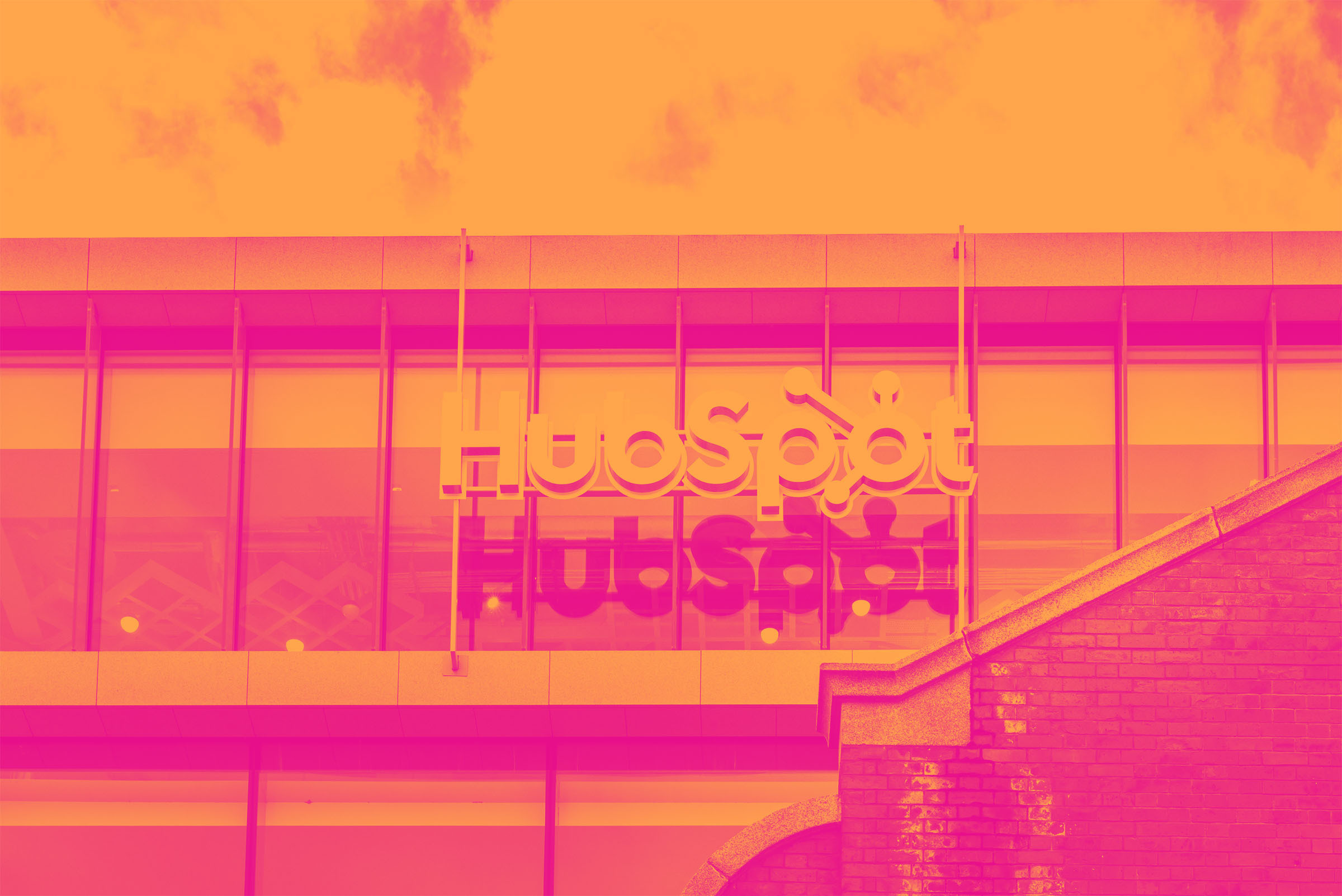
What Happened?
Shares of customer platform provider HubSpot (NYSE: HUBS) fell 17.1% in the morning session after the company reported third quarter earnings, with high expectations heading into the prints making it hard to impress Wall Street. The company posted revenue of $809.5 million, a 20.9% year-on-year increase that surpassed analyst estimates, while adjusted earnings per share of $2.66 also came in higher than anticipated. Furthermore, HubSpot's revenue guidance for the upcoming fourth quarter was slightly above what analysts were forecasting. However, the positive results were not enough to satisfy investor expectations. The market reaction suggested that investors were hoping for a more significant beat and a stronger forecast, leading to a sell-off as the results were perceived as insufficient to support the stock's valuation at the time.
The stock market overreacts to news, and big price drops can present good opportunities to buy high-quality stocks. Is now the time to buy HubSpot? Access our full analysis report here.
What Is The Market Telling Us
HubSpot’s shares are quite volatile and have had 18 moves greater than 5% over the last year. But moves this big are rare even for HubSpot and indicate this news significantly impacted the market’s perception of the business.
The previous big move we wrote about was 2 days ago when the stock dropped 4.8% on the news that markets became increasingly wary of high valuations following a significant AI-driven rally.
The tech-heavy Nasdaq fell approximately 1.4% as a wave of caution swept through the market. A key example of this trend is Palantir Technologies, which saw its shares drop around 7% despite reporting record quarterly results that surpassed analyst estimates and raising its full-year revenue outlook. This seemingly contradictory movement highlighted a broader sentiment shift. Investors appeared to be engaging in profit-taking, concerned that the recent surge in AI-related stocks had led to stretched valuations. This broader market caution affected high-growth technology companies that had previously surged on AI optimism but faced increased scrutiny, signaling a potential cooling-off period for the sector.
Adding serious weight to this caution, leadership at both Goldman Sachs and Morgan Stanley highlighted the possibility of a correction in the equity markets over the next couple of years. Despite the euphoria driven by AI optimism and the promise of future rate cuts, these banks viewed this cooling-off period not as a disaster, but as a necessary and healthy feature of a long-term bull market.
HubSpot is down 43.2% since the beginning of the year, and at $395.96 per share, it is trading 51.7% below its 52-week high of $819.71 from February 2025. Investors who bought $1,000 worth of HubSpot’s shares 5 years ago would now be looking at an investment worth $1,042.
Do you want to know what moves the business you care about? Add them to your StockStory watchlist and every time a stock significantly moves, we provide you with a timely explanation straight to your inbox. It’s free for active Edge members and will only take you a second.





